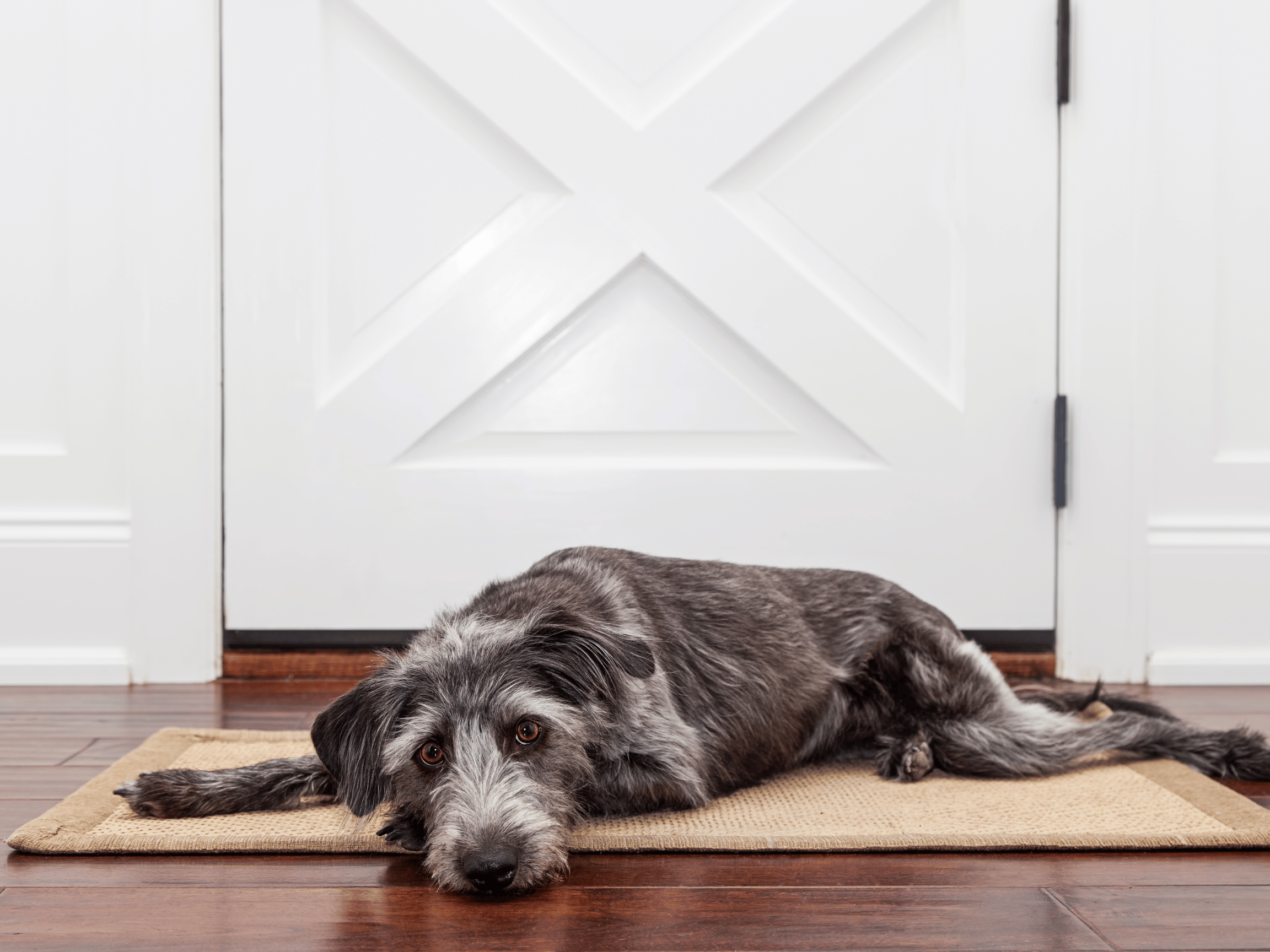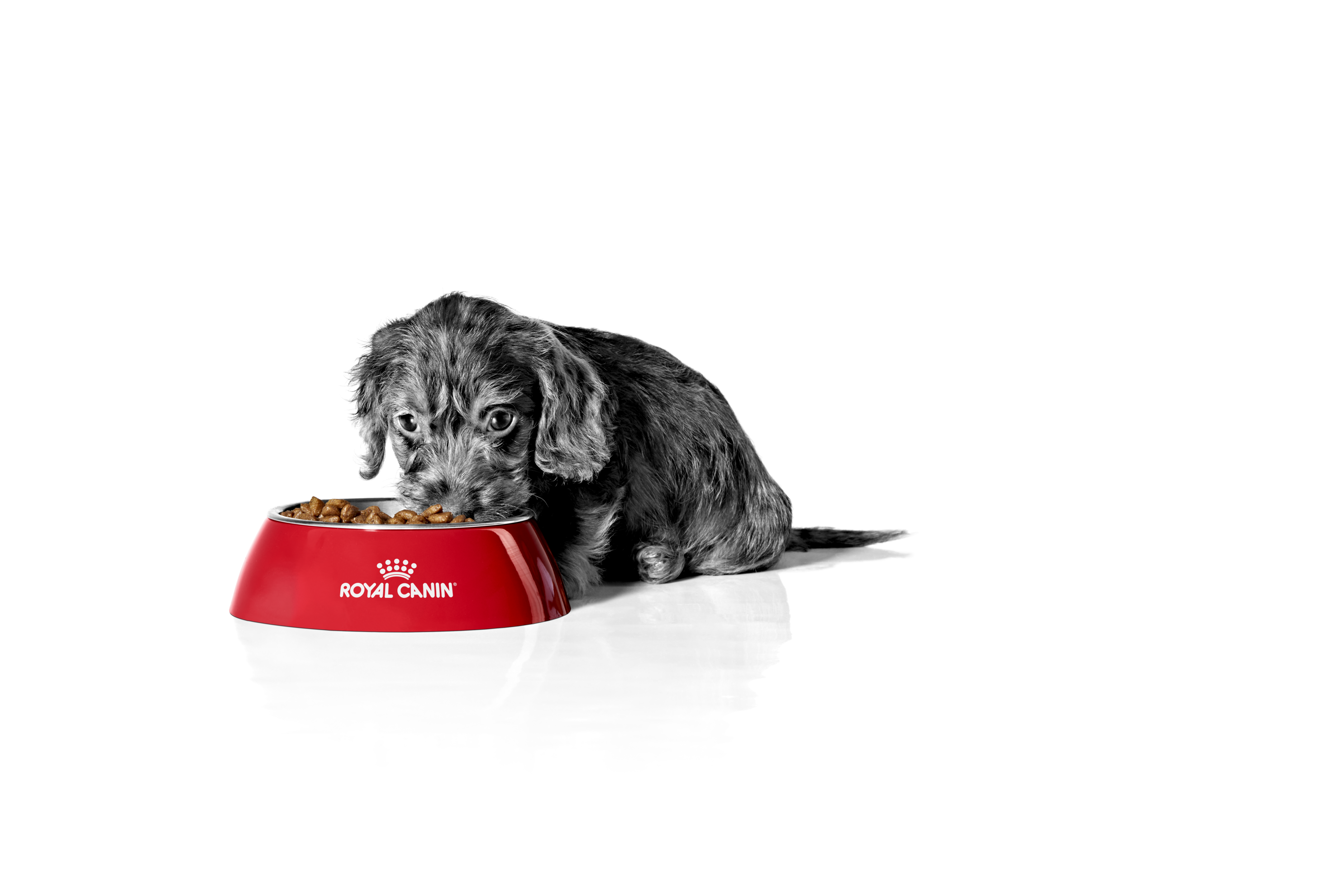TL;DR: Sudden routine changes in September can trigger stress and separation-related behaviours (SRBs) in both dogs and cats. The first 30 minutes after you leave are the most critical. Build predictability, add enrichment (especially scent work for dogs and hunt-style play for cats), use feeding puzzles, and create safe “quiet zones.” Record your pet when you’re away to spot early signs, and call your vet if distress is severe or escalating.
Why back-to-school hits pets so hard
-
Routine whiplash = behaviour wobble (dogs). Big shifts in “time left alone” are linked with new separation-related behaviours in dogs, even in previously stable pets. That’s exactly what happens when summer ends and the house empties again.
-
Cats can struggle with “goodbye” too. In a 2020 study, ~13% of pet cats showed signs consistent with separation-related problems (e.g., vocalizing, scratching, inappropriate elimination) when away from their attachment person, an under-recognized issue for felines.
-
Predictability soothes, for both species. Veterinary guidelines for feline welfare and canine behaviour emphasize consistent routines and predictable interactions to reduce stress.
Subtle signs your pet is struggling
-
Dogs: Pacing, whining, howling, salivating, house-soiling, or destructive focus near exits, often starting as you prep to leave and peaking shortly after departure. Video often reveals the truth.
-
Cats: Excessive meowing, scratching, hiding, appetite changes, accidents outside the litter box, or “clingy” greetings after school.
Pro tip: Most separation-related distress in dogs happens in the first 15–30 minutes after you leave, make this window your focus.
Your 2-week, vet-informed transition plan
Week 1: Rebuild predictability
-
Time-shift slowly. Move breakfast, walks, and “quiet time” toward school-day hours by 10–15 minutes daily. Cats value consistent routines just as much as dogs.
-
Practice mini-departures. Step out for 1–5 minutes with zero fanfare; return calmly. Randomize “pre-departure cues” (grab keys, sit down; put on shoes, make tea) so they stop predicting panic. Record a few sessions to assess.
-
Dogs: a mat or bed associated with chews/lick mats and settle training.
-
Cats: add a hide box and vertical perches, both reduce stress.
Create a “calm zone.”
-
Week 2: Enrich the first 30 minutes after you leave
-
Food-puzzle breakfast. Replace bowls with puzzle feeders or stuffed/frozen toys; timed feeders can stagger rewards. (AAHA notes feeding toys can boost activity and enrichment.)
-
Scent work = optimism (dogs). Short sniffari walks and simple nosework (“find it!” treats) are linked with more optimistic decision-making in dogs, yes, really.
-
Soundscapes that actually help. Classical and even soft rock/reggae lowered stress markers or barking in kennel studies; rotating genres may reduce habituation.
-
Hunt-style play (cats). Short, intense play bouts that mimic stalk-pounce-catch, followed by a small meal, align with AAFP/ISFM environmental needs and can reduce stress behaviours.
Smart feeding & health guardrails for September
-
Shifting meal times? Transition gradually; sudden changes can upset tummies (especially in cats). AAHA suggests a ~7-day diet transition (cats may need longer).
-
Keep them moving. A healthy routine aims for ~30 minutes of daily activity for dogs and three 5-minute intense play sessions for cats (guide values; tailor to your pet).
-
Backpack hazards to secure: gum or toothpaste with xylitol, ibuprofen/NSAIDs, and grapes/raisins in lunchboxes are dangerous, store bags out of reach.
What actually works (and what’s just hype)?
-
Gold standards for separation issues: video assessment, gradual desensitization/counter-conditioning, structure and enrichment; your veterinarian may add medication for moderate–severe cases.
-
Pheromones (Feliway®): evidence is mixed. Some controlled trials show modest benefits in particular contexts; systematic reviews rate overall evidence as weak to moderate. They’re low risk, just don’t rely on them alone.
-
“Low-key goodbyes only” myth check: Minimizing high-energy greetings/departures is commonly recommended in treatment, but one study in newly adopted adult dogs didn’t find that excited greetings cause separation problems. Nuance matters.
Build the perfect “school-day setup”
Dogs
-
Puzzle feeder or long-lasting chew ready as you leave
-
Pre-departure potty + short sniffari
-
Calm zone (bed/mat) paired with settle training
-
Music or audiobooks on a timer for variety
-
Camera check (look specifically at the first 15–30 minutes)
Cats
-
Hide box + vertical perch in a quiet room
-
Multiple, small “micro-meals” via puzzle feeders or timed feeders
-
Short, intense play sessions that end with food
-
Predictable daily routine and consistent, cat-preferred handling style
When to call your veterinarian or a veterinary behaviourist
-
Dogs: panic starts before or right after you leave, self-injury, destruction at exits, house-soiling, or vocalizing that triggers neighbour complaints despite training. Video confirms persistent distress in the first 15–30 minutes.
-
Cats: sudden litter box avoidance, reduced appetite, excessive vocalization/hiding, or aggression linked to routine change.
Helpful PetMax.ca shopping checklist
Use these to implement the plan above, choose what fits your pet and budget.
-
For dogs: puzzle feeders/slow bowls, lick mats & stuffable toys, treat-dispensing toys, snuffle mats, long-lasting chews, pens, calming sound machines, harness & long line for sniffaris.
-
For cats: cardboard hide boxes, covered beds, food puzzles/timed feeders, wand toys, kicker toys, pheromone diffusers or sprays (optional add-on, not a cure).
FAQs
Do cats really get separation anxiety?
They can show separation-related problems; a survey study found ~13% met behavioural criteria. Signs include vocalizing, scratching, inappropriate elimination, and “depressed” behaviour when left alone.
Is it okay to crate a dog with separation anxiety?
Crates help some dogs but can worsen panic for others. Use cautiously and prioritize a calm zone and training plan; get video to guide decisions.
What should my pet do when I’m gone?
For dogs, aim to keep that first 30 minutes occupied with scent work leftovers (snuffle mat), frozen feeders, and soothing audio. For cats, provide a hide box, vertical space, and small, scheduled feeding “wins.”
Should I switch diets for the school year?
Only if needed. If you change foods or feeding times, transition slowly—about 7 days for dogs, potentially longer for some cats, to avoid gastrointestinal upset.
References
American Animal Hospital Association (AAHA). (2021). 2021 AAHA nutrition and weight management guidelines for dogs and cats. Journal of the American Animal Hospital Association, 57(3), 153–172. https://doi.org/10.5326/JAAHA-MS-7158
American Association of Feline Practitioners (AAFP) & International Society of Feline Medicine (ISFM). (2013). AAFP and ISFM feline environmental needs guidelines. Journal of Feline Medicine and Surgery, 15(3), 219–230. https://doi.org/10.1177/1098612X13477537
Brondani, J. T., de Camargo Ferreira, G., & Peres, F. (2020). Cat owners’ reports of separation-related problems in domestic cats: A Brazilian survey. PLOS ONE, 15(4), e0230999. https://doi.org/10.1371/journal.pone.0230999
Horváth, Z., Dóka, A., & Miklósi, Á. (2008). Affiliative and disciplinary behavior of human handlers during play with their dog affects cortisol concentrations in opposite directions. Hormones and Behavior, 54(1), 107–114. https://doi.org/10.1016/j.yhbeh.2008.02.002
Landsberg, G. M., Beck, A., Lopez, A., Deniaud, M., Araujo, J. A., & Milgram, N. W. (2015). Dog-appeasing pheromone collars reduce sound-induced fear and anxiety in beagle dogs: A placebo-controlled study. Veterinary Record, 177(10), 260. https://doi.org/10.1136/vr.103288
Mills, D. S., & Estelles, M. G. (2017). Evidence of effectiveness of pheromone products for cats and dogs. Veterinary Evidence, 2(3), 1–12. https://doi.org/10.18849/ve.v2i3.95
O’Hara, S. J., & Houpt, K. A. (1982). The influence of owner absence on canine behavior. Applied Animal Ethology, 8(1–2), 77–86. https://doi.org/10.1016/0304-3762(82)90112-0
Sherman, B. L., & Mills, D. S. (2008). Canine anxieties and phobias: An update on separation anxiety and noise aversions. Veterinary Clinics of North America: Small Animal Practice, 38(5), 1081–1106. https://doi.org/10.1016/j.cvsm.2008.04.012
VetCompass. (2020). Separation-related behaviour in UK dogs: Prevalence, risk factors, and welfare impact. Journal of Veterinary Behavior, 37, 26–35. https://doi.org/10.1016/j.jveb.2020.04.001
Wells, D. L., Graham, L., & Hepper, P. G. (2002). The influence of auditory stimulation on the behaviour of dogs housed in a rescue shelter. Animal Welfare, 11(4), 385–393.





Share:
Meet Boréal: Canada’s Own Natural Pet Nutrition Leader
Canadian Thanksgiving: Why Pets Deserve a Seat at the Table